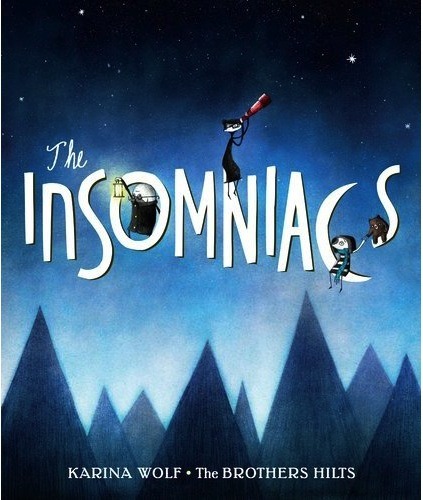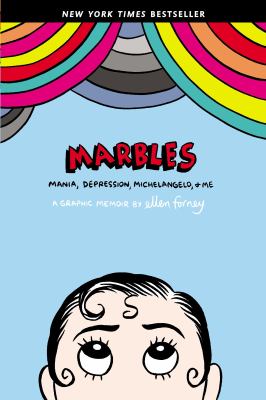If you receive our newsletter, the image above probably looks familiar (and if you don't subscribe to our newsletter, you really should!). Sorry Paul, I'm stealing one of your newsletter design elements. But we have some of my favorite books on the bargain tables! Here they are.
The Year of Magical Thinking by Joan Didion ($5.99) - This was the first book I read by Joan Didion and after I read it I was obsessed with reading all her essays and books. Written during the first year after her husband's sudden death, this memoir explores the curious way our minds and memory work while trying to cope with the loss of a loved one. Joan Didion is a stunning, precise writer who effortlessly manages to write about the supremely personal in a universal way. This limited UK edition comes with a unique element: artist Bob Crowley, who created six paintings for the stage production of the book, created this cover. The image draws "on the idea of a landscape of grief" and when the jacket is taken off and unfolded, it can be flattened into a print.
The White Tiger by Aravind Adiga ($5.99) - I zipped through this novel. The White Tiger is written in the form of a letter. In his letter to the Chinese leader, Balram Halwai talks about how he carved out his career from nothing to how he became a murderer. The epistolary form gives the novel a sense of urgency and Balram, conscious that of the letter's recipient, keeps the plot moving. But Adiga doesn't use the form as a scapegoat to avoid ruminating on modern day India. Balram is charming as Lolita's Humbert Humbert and The White Tiger is as socially relevant as The Reluctant Fundamentalist by Moshin Hamid. A must read for anyone interested in India.
Evening Is the Whole Day by Preeta Samarasan ($4.99) - Set in Malaysia, Evening Is the Whole Day goes back and forth in time to tell the story of what causes the mysterious Rajasekharan family to dismiss their servant, Chellam. Evening Is the Whole Day unfolds like a slow mystery and ends in a gut wrenching reveal. Samarasan's language is lavish and beautiful, and the characters, like six-year-old Aasha who is haunted by the ghost of her grandmother, are so memorable. Samarasan is talented; she has a style all her own, but one that has the range of some of the greats, like Toni Morrison and Arundhati Roy.
Divisadero by Michael Ondaatje ($4.99) - Divisadero is a lovely, meditative and complex novel. It's a hard one to describe, but Ondaatje as a way of creating haunting events early on in a story that resonate with characters throughout the rest of their novel, and Divisadero is no different. Anna and Claire are sisters who live on a farm in Northern California, along with their father and their hired farmhand, Coop. When an incident between the four sets them apart, the family fractures and splits off into different directions all over the world. The novel moves from the Northern California to gritty San Francisco and Nevada, to the French countryside, and goes in surprising directions with its characters. There's just something about this one that sticks with you long after the end.

























